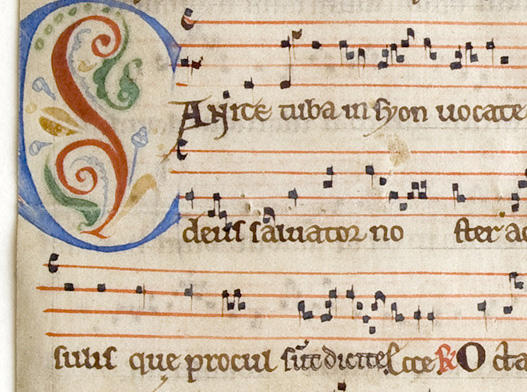Norwegian scribal centres
The first scribal centres in Norway seem to have been established in the late eleventh century. The following centuries saw a strong growth in local book production, although still with the assistance from European centres and in combination with an extensive import of books from abroad.
Main content
A relatively large part of the Norwegian fragment material is datable to the twelfth and thirteenth century, providing valuable source material for this period. Some individual local scribes and scriptoria have already been identified, but more is left to be done. Some scribes wrote manuscripts in Old Norse as well as Latin, a reminder that medieval scribal culture should be considered a bilingual entity.
Norway had relatively few larger centres: five mainland bishop’s sees and about thirty monasteries. This is an advantage in the mapping of the regional and institutional origin or connection of a fragmented manuscript, although smaller centres outside of the larger towns may be hard to identify. Religious and secular institutions linked to the large towns, such as Bergen, Trondheim and Oslo, were presumably active in producing, collecting and using books, while keeping in touch with larger European centres. We take a closer look at the development of local scribal centres and how they adapted international impulses to local circumstances.
